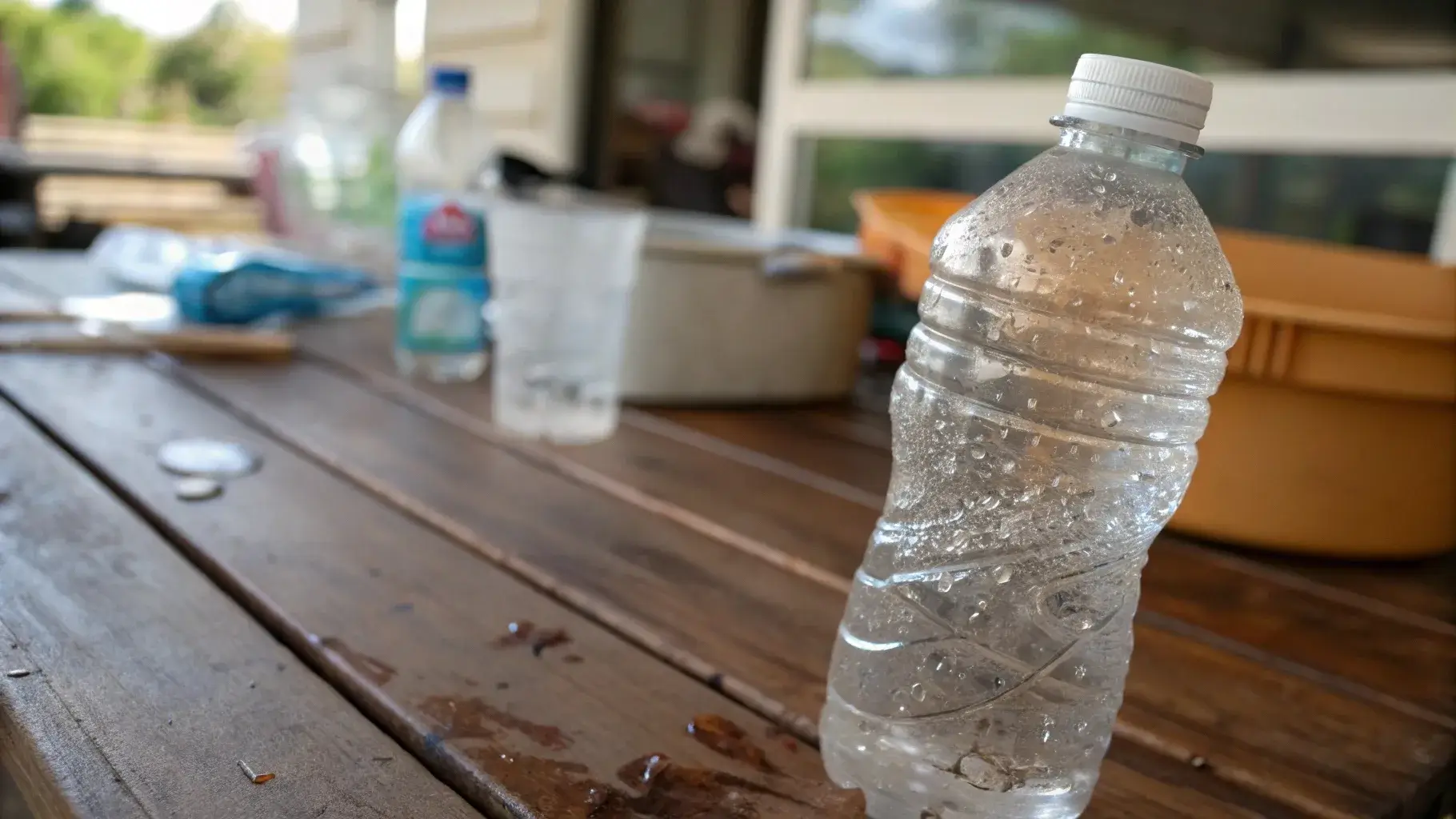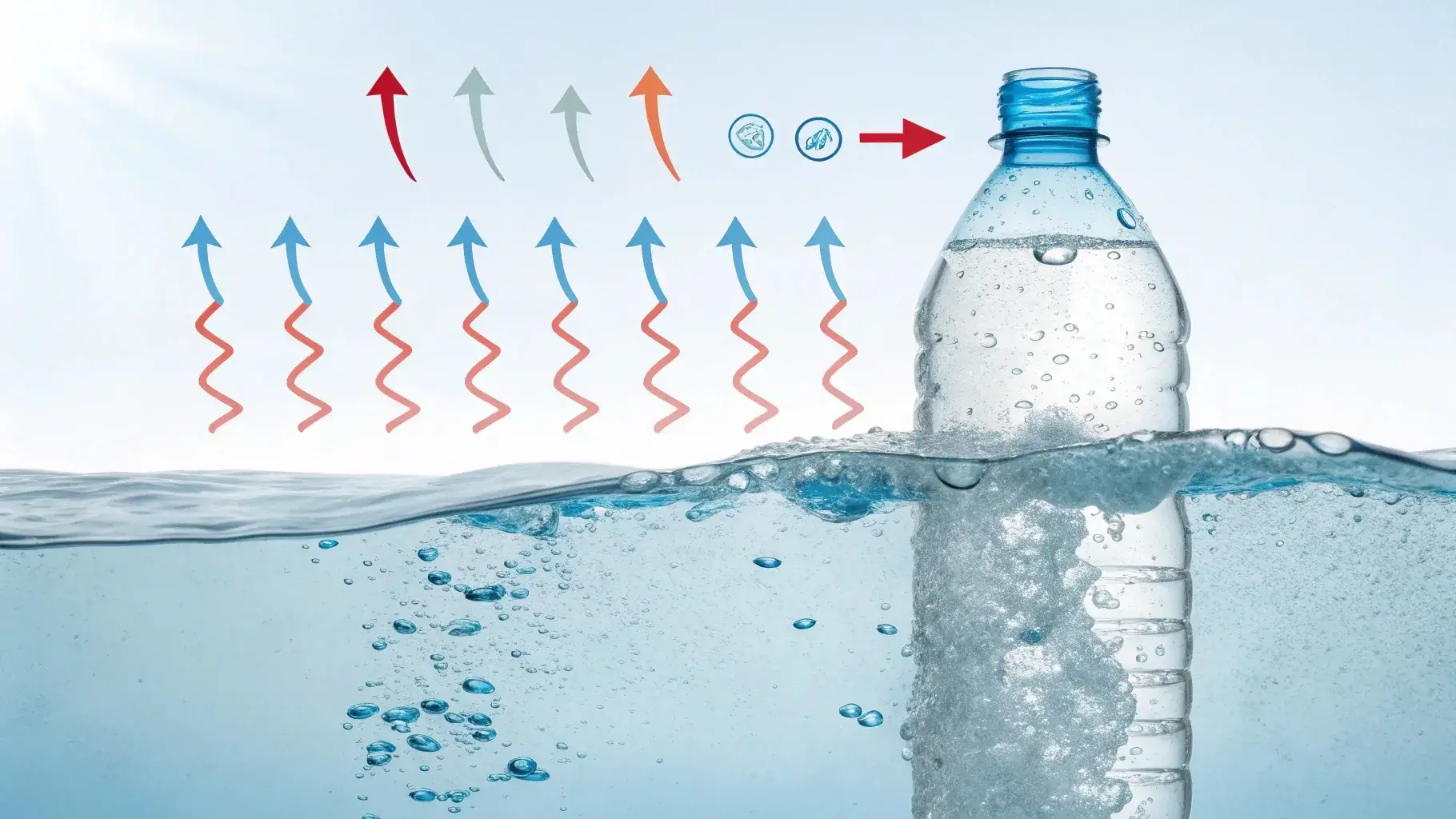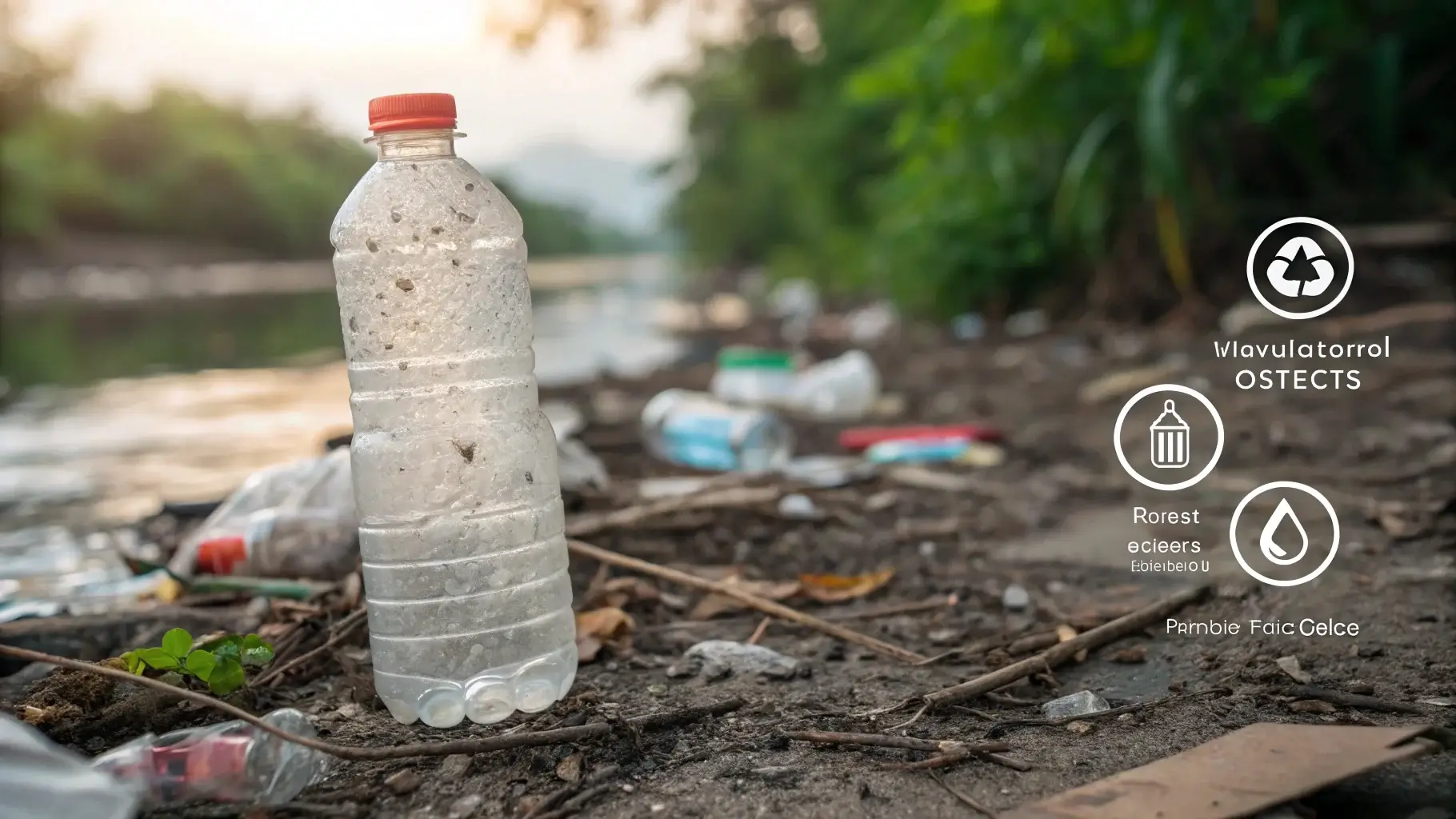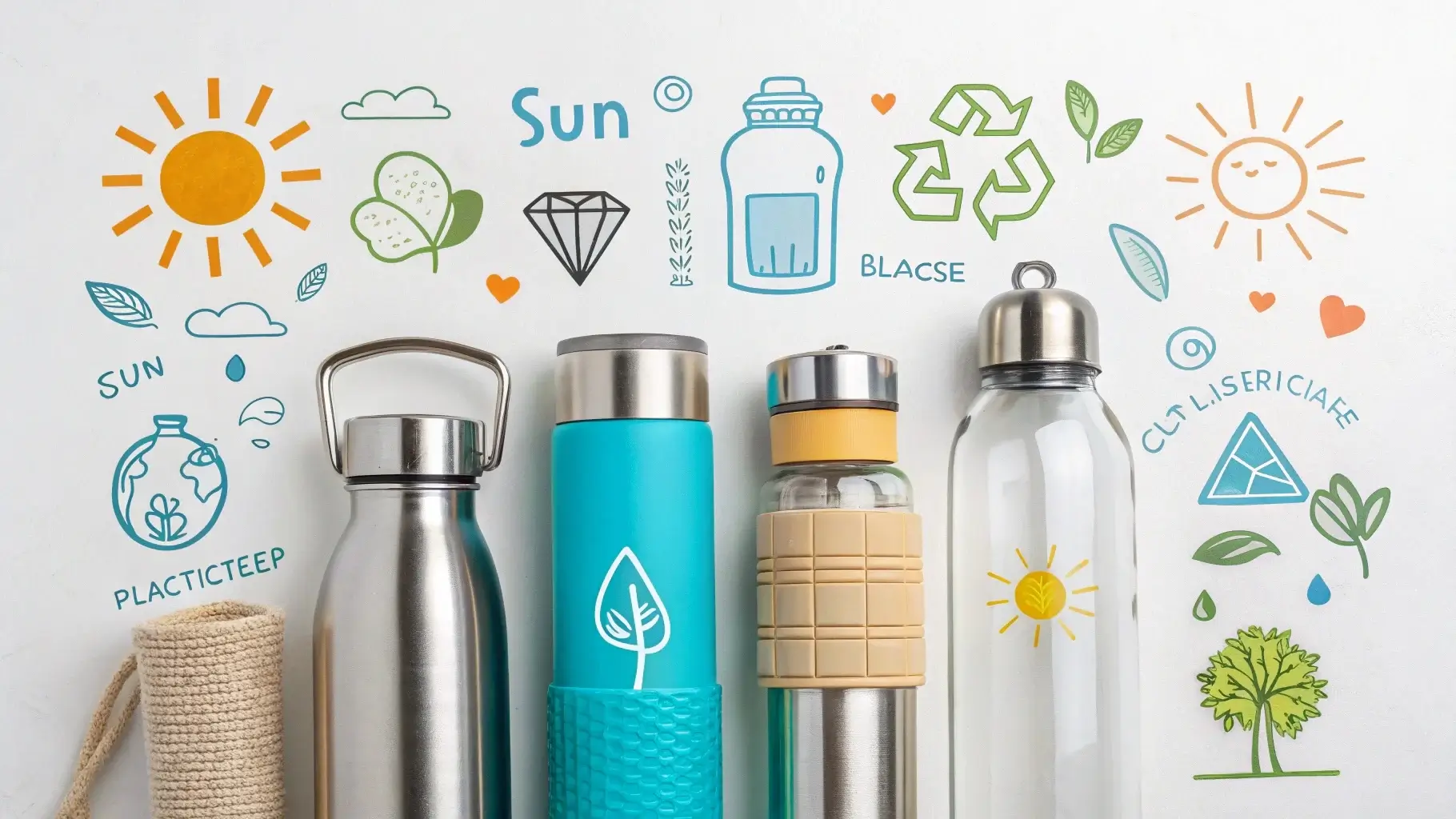
A collapsing water bottle is often caused by pressure changes, material degradation, or carbonation loss. Understanding these factors can help prevent bottle collapse and improve its longevity.
Plastic water bottles collapse due to air pressure differences, heat exposure, and material weakening. This can lead to structural failure and environmental concerns.
To prevent water bottle collapse, consider material durability, storage conditions, and environmental influences.
What Causes Water Bottles to Collapse?
A collapsing water bottle results from various factors, primarily pressure changes1, material breakdown, and carbonation effects.
Plastic bottles collapse due to air expansion, temperature changes, and carbonation loss, which weaken their structure.

Pressure Changes
- Atmospheric Pressure: Bottles sealed at high altitudes collapse at lower altitudes due to increased external pressure.
- Temperature Fluctuations: Heated air expands, while cooled air contracts, creating a pressure imbalance.
Sealed plastic bottles contract when exposed to cooler temperatures or lower altitudes, leading to collapse.
Material Degradation
- UV Exposure: Sunlight weakens PET plastic, making bottles brittle and prone to collapse.
- Physical Wear: Repeated use and stress reduce bottle strength.
- Chemical Reactions: Certain liquids accelerate plastic breakdown.
Over time, plastic bottles degrade due to environmental exposure, making them susceptible to collapse.
Carbonation Effects
- Loss of CO₂ Pressure: Carbonated drinks release gas over time, lowering internal pressure.
- Material Permeability: PET plastic allows slow gas diffusion, reducing bottle rigidity.
Carbonated beverages lose internal pressure as gas escapes, leading to bottle collapse.
How Do Environmental and Manufacturing Factors Affect Bottle Collapse?
The environment and production process impact a bottle’s structural integrity and lifespan.
Plastic bottles contribute to environmental waste, with weak materials and defects increasing collapse risks.

Environmental Impact of Plastic Bottles
| Category | Description | Statistics |
|---|---|---|
| Recycling Rate | PET bottles recycled | Only 1 in 5 PET bottles are recycled |
| Plastic Waste | Common ocean pollutants | Bottles and caps are top 3 polluters |
| Oil Consumption | PET bottle production impact | Uses up to 52 million barrels of oil annually |
Plastic bottles have a low recycling rate, contributing to pollution and environmental degradation.
Manufacturing Defects
- Uneven Thickness: Weak points increase collapse risks.
- Sealing Issues: Poor sealing leads to pressure loss.
- Material Impurities: Defective plastics degrade faster.
Manufacturing flaws can weaken bottles, making them more prone to collapse.
How Can You Prevent Water Bottle Collapse?
Preventing water bottle collapse requires proper material selection and storage practices.
Durable materials, careful storage, and regular inspections help prevent bottle collapse and prolong usability.

Choosing the Right Material
| Material | Advantages | Disadvantages |
|---|---|---|
| Plastic (PET) | Lightweight, affordable | Weakens over time, collapses easily |
| Glass | Chemically stable, durable | Heavy, breakable |
| Stainless Steel | Strong, resists pressure changes | More expensive |
Stainless steel and glass bottles are more resistant to collapse than PET plastic.
Storage Best Practices
- Avoid Extreme Temperatures: Prevent air expansion and contraction.
- Release Internal Pressure: Store bottles unsealed in fluctuating environments.
- Use Reusable Bottles: Reduce waste and improve durability.
Proper storage and handling reduce bottle collapse risks.
Conclusion: Best Practices for Water Bottle Use
Plastic water bottles collapse due to pressure differences, material degradation2, and carbonation loss3. Using durable materials, avoiding extreme temperatures, and storing bottles correctly can minimize collapse risks.
Answers to People Also Ask Questions
1. Why do plastic bottles collapse when left in the sun?
Plastic bottles collapse due to temperature fluctuations causing air expansion and contraction, leading to pressure imbalances.
2. How can I prevent my water bottle from collapsing?
To prevent collapse, use durable materials, avoid extreme temperatures, and store bottles unsealed when not in use.
3. What happens to the carbonation in sealed bottles over time?
Carbonation escapes through plastic, reducing internal pressure and causing bottle collapse.
4. Can environmental factors cause a water bottle to collapse?
Yes, altitude changes and temperature shifts affect pressure, leading to bottle collapse.
5. Are there materials that are less prone to collapse?
Stainless steel and glass bottles resist environmental stress and do not collapse easily.

